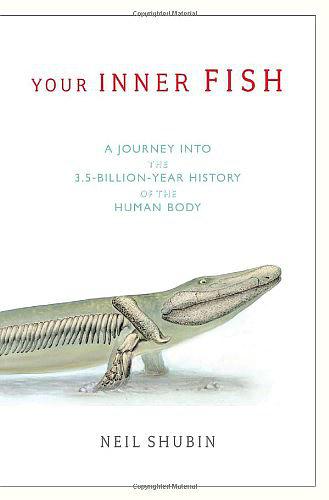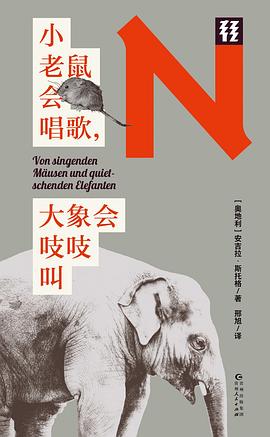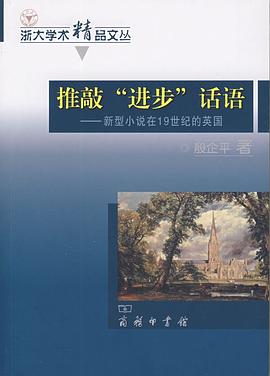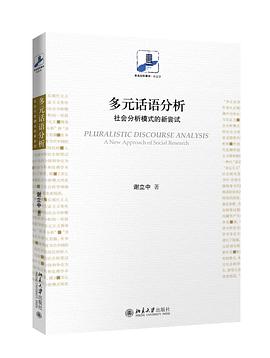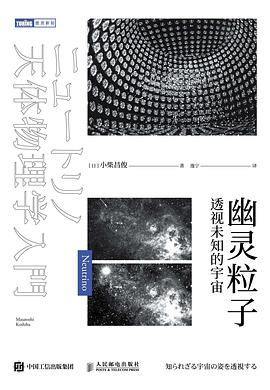Your Inner Fish
内容简介
From Publishers Weekly
Fish paleontologist Shubin illuminates the subject of evolution with humor and clarity in this compelling look at how the human body evolved into its present state. Parsing the millennia-old genetic history of the human form is a natural project for Shubin, who chairs the department of organismal biology and anatomy at the University of Chicago and was co-discoverer of Tiktaalik, a 375-million-year-old fossil fish whose flat skull and limbs, and finger, toe, ankle and wrist bones, provide a link between fish and the earliest land-dwelling creatures. Shubin moves smoothly through the anatomical spectrum, finding ancient precursors to human teeth in a 200-million-year-old fossil of the mouse-size part animal, part reptile tritheledont; he also notes cellular similarities between humans and sponges. Other fossils reveal the origins of our senses, from the eye to that wonderful Rube Goldberg contraption the ear. Shubin excels at explaining the science, making each discovery an adventure, whether it's a Pennsylvania roadcut or a stony outcrop beset by polar bears and howling Arctic winds. I can imagine few things more beautiful or intellectually profound than finding the basis for our humanity... nestled inside some of the most humble creatures that ever lived, he writes, and curious readers are likely to agree. Illus. (Jan. 15)
Copyright © Reed Business Information, a division of Reed Elsevier Inc. All rights reserved.
......(更多)
作者简介
尼尔•叔宾是野外博物馆的馆长,同时也是芝加哥大学解冲学教授,还担任系主任的职位。他分别在哥伦比亚大学,哈佛大学和加州伯克利大学受过教育,现住芝加哥。
......(更多)
目录
......(更多)
读书文摘
青蛙、蝙蝠、人和蜥蜴不过是同一生命主题下不同的“变奏曲”而已。那个主题,对欧文而言,就是造物主的设计之魂。
“不开心的三人组合”:内侧半月板、副韧带和前交叉(十字)韧带。……人性的降临是有代价的。为了实现所有那些非凡的技能——说话、思考、抓握以及用双腿走路,我们付出了应有的代价。
......(更多)
